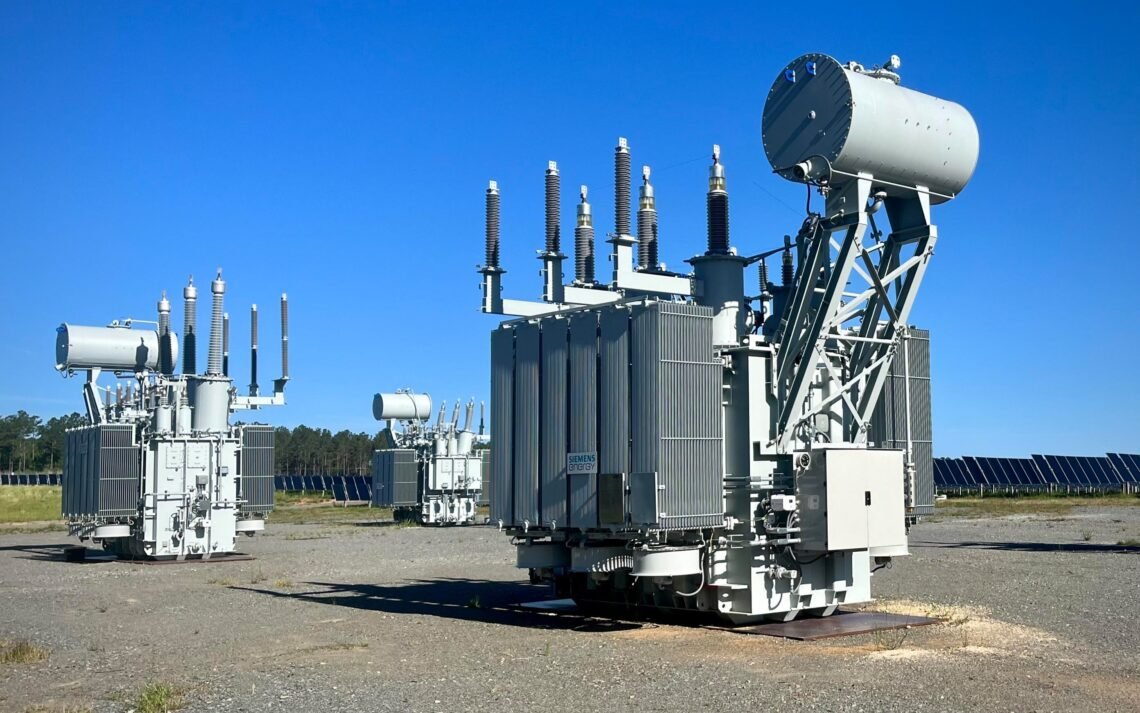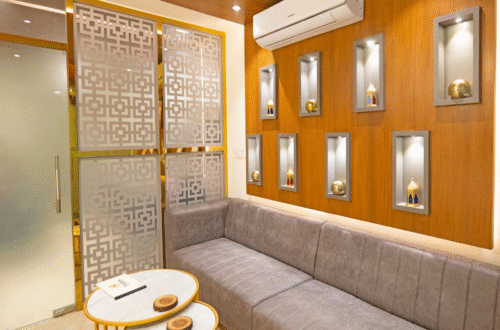Electrical safety is not just a compliance requirement—it’s a foundational principle for any reliable electrical infrastructure. From residential buildings to large industrial substations, ensuring safe electrical connections is critical to prevent fires, equipment damage, and power outages. Poor connections often lead to overheating, arcing, or even complete system failure. Therefore, following best practices from the design phase all the way through to installation is essential for long-term safety and performance.
Designing for Safety: The First Line of Defense
Safe electrical connections begin at the design stage. Engineers and electrical consultants must consider various factors including load requirements, future expansion, environmental conditions, and compatibility with protective devices. One of the key elements in the design is selecting the right type of connectors and conductors. This selection impacts the system’s resistance, temperature handling, and mechanical strength.
Cable routing and containment must also be carefully designed to minimize interference and ensure proper segregation of power and control circuits. In high-capacity installations, using systems like Busbar Trunking System Installation Services in India can help streamline distribution and improve the safety of the entire electrical infrastructure.
Choosing the Right Materials and Components
Material selection plays a vital role in ensuring safe and long-lasting connections. Conductors should be made from high-conductivity copper or aluminum with proper insulation ratings for the intended application. Connectors and terminals must match the conductor type and size, and should comply with international standards such as IEC or UL.
Mechanical lugs, compression connectors, and soldered joints each serve different purposes and must be chosen based on the current-carrying capacity, mechanical stress, and environmental exposure. In corrosive environments or outdoor settings, connectors must be coated or sealed to prevent moisture ingress, which can compromise safety over time.
Precision in Installation Practices
Even with the best design and materials, poor installation can jeopardize the entire system. One of the most common mistakes in electrical installation is improper torque application on terminals. Over-tightening can damage the conductor, while under-tightening may lead to loose connections and overheating.
Using calibrated torque tools is recommended to ensure uniform and accurate tightening. Additionally, all connections should be inspected visually and thermographically during and after installation. This helps detect potential hot spots or loose joints early on.
Proper cable dressing, labeling, and segregation also play a crucial role in safety. Organized cables reduce the risk of accidental disconnection and make future maintenance easier and safer. Installation should only be carried out by certified professionals who understand the implications of each connection in the system.
Earthing and Bonding: An Often Overlooked Safety Component
A safe electrical connection is incomplete without proper earthing and bonding. Grounding ensures that in case of a fault, excess current safely dissipates into the earth, reducing the risk of electric shock or equipment damage. All metallic enclosures, cable trays, and panels must be properly bonded to the ground.
In substations or large installations, ground grid design must be meticulously planned and tested to meet resistance requirements. Special attention should be given to connectors used in grounding systems to ensure low-resistance paths and long-term reliability.
Maintenance and Periodic Inspections
Even the best electrical systems need regular maintenance. Over time, vibration, thermal expansion, and mechanical wear can cause connections to loosen or degrade. A scheduled maintenance plan should include periodic checks, cleaning of terminals, retightening where necessary, and infrared thermography to identify abnormal heating.
Predictive maintenance using IoT-based monitoring can also enhance safety. These systems continuously monitor the condition of connections and alert for any anomalies, helping prevent failures before they occur.
Embracing Modern Solutions for Safer Connections
Modern electrical infrastructures are evolving rapidly with the integration of smart technology and modular systems. One such innovation is the use of busbar trunking systems, which not only reduce the complexity of traditional cabling but also offer superior safety, scalability, and energy efficiency. For those seeking expert solutions, choosing a provider that specializes in Top Electrical Solution Company in Rajasthan ensures access to advanced technologies and industry-compliant installation practices.
Partnering with Experts: The Manikaran Enterprises Advantage
When it comes to implementing safe and efficient electrical systems, working with experienced professionals makes all the difference. Manikaran Enterprises stands out for its commitment to quality, safety, and innovation in electrical infrastructure solutions. Whether you are upgrading an existing facility or designing a new one, partnering with a reliable expert ensures every connection is secure, efficient, and built to last.
Conclusion
Electrical safety is a journey that begins with thoughtful design and extends through meticulous installation and ongoing maintenance. By following best practices in selecting components, executing precise installations, and leveraging modern systems like busbar trunking, organizations can build robust power networks that stand the test of time. And when done under the guidance of trusted industry leaders, the results are not just safe—they’re future-ready.





